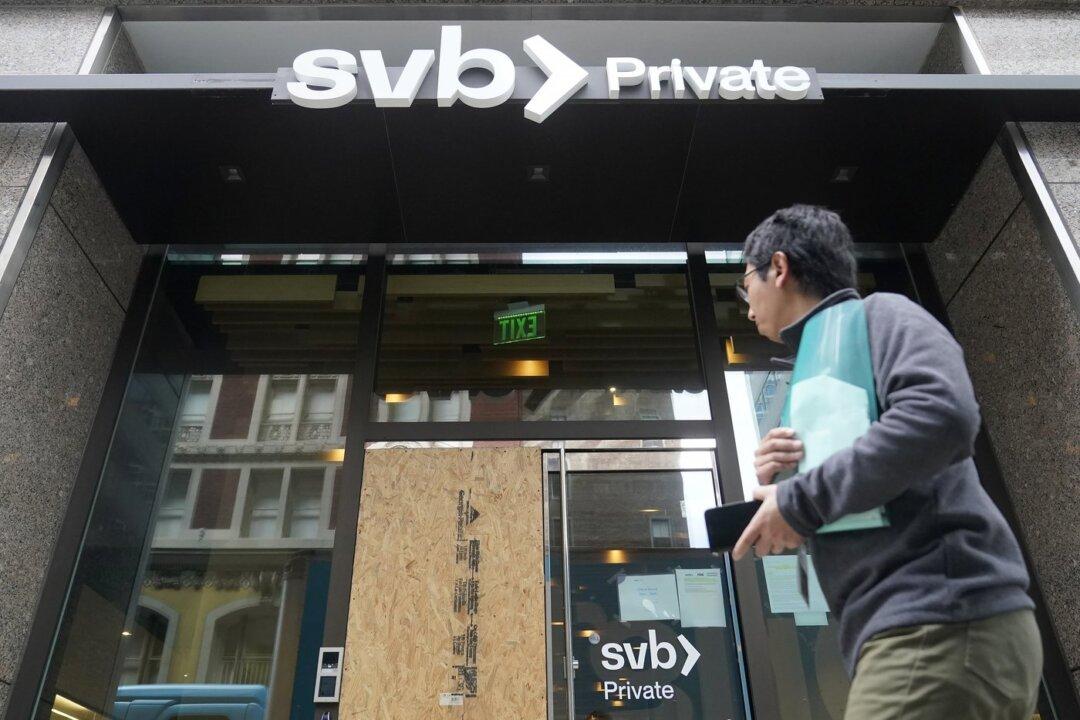The banking crisis that formed from the failures of Silicon Valley Bank (SVB) and Signature Bank was the result of a wide range of factors, including Federal Reserve supervisors who didn’t do enough to make sure that SVB management fixed the company’s problems, according to a new report from the central bank.
The Fed Board published the much-anticipated review of the banking turmoil that gripped the U.S. financial system in March. The main finding in the review, which was led by Michael S. Barr, vice chair for supervision, was that SVB’s board of directors and management, as well as central bank regulators, failed to address the risks.





